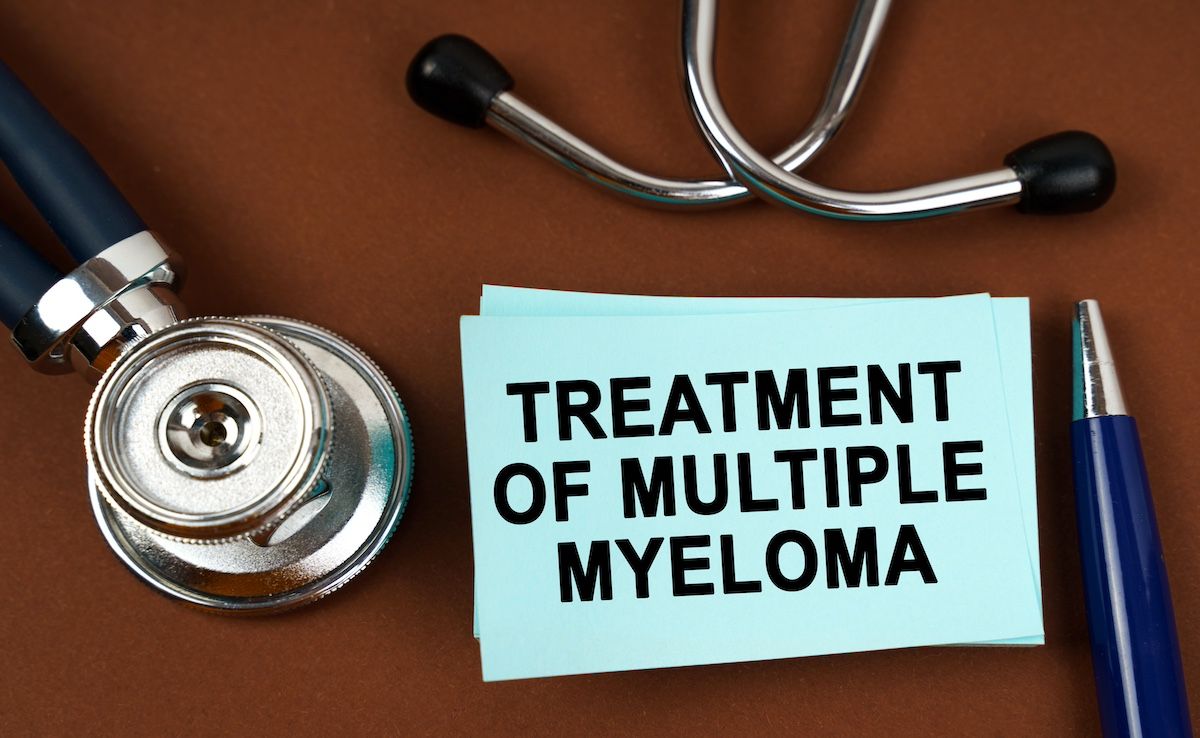Article
What Is the True Financial Impact of Prescription Medications? Advera Health Explains
Author(s):
In a study published in the Journal of Managed Care & Specialty Pharmacy, the authors present a rating system that includes downstream costs following treatment to estimate the real-world financial impact of the drug.
When we think of drug costs, the primary thought in our mind is the upfront price of the medication or the out-of-pocket cost that the patient bears. Rarely do we think of costs incurred from side effects or poor outcomes following treatment. Now, a new study conducted by Advera Health Analytics in collaboration with Columbia University, has developed a method to do just that. The alliance has generated a rating system that includes downstream costs following treatment to estimate the real-world financial impact of the drug.
Published in the Journal of Managed Care & Specialty Pharmacy, the authors included all case reports that reflect drug safety issues in real-world populations for 706 FDA-approved drugs; these were collected from the FDA’s Adverse Drug Reporting System (FAERS) database. Survey data from the Agency for Healthcare Research and Quality were used for used to derive serious adverse events (AEs) and outcomes, and the highest AE cost or the highest outcomes cost was used for each case report. All cases were aggregated for each drug and then divided by the total number of patients exposed, and subsequently assigned a corresponding 1-100 points.
The study found an exponential distribution of downstream costs for the 706 drugs, with points ranging from about 8 to over 99 (mean score about 45). Kinase inhibitors, thalidomide analogs, and endothelin receptor agonists had the highest individual scores. When considering Established Pharmacological Classes (EPCs), kinase inhibitors and endothelin receptor agonists had the highest scores; other EPCs with high median scores included hepatitis C virus NS3/4A protease inhibitor, recombinant human interferon beta, VEGF antibody, and tumor necrosis factor inhibitor. When the analysis looked at drugs under the Anatomical Therapeutic Chemical classification, anti-infective agents and anti-neoplastic drugs stood out with highest scores.
This study highlights the importance of the poorly-used FAERS, which the authors believe could be an important tool for healthcare decision-makers. Negative data generated from pre-approval studies are often held back and not disclosed by drug developers. The authors believe that the bias against negative data has, so far, been holding back the development of safety analytics that reflect AEs in heterogeneous, real-world populations, and their rating system can help fill this existing gap.





